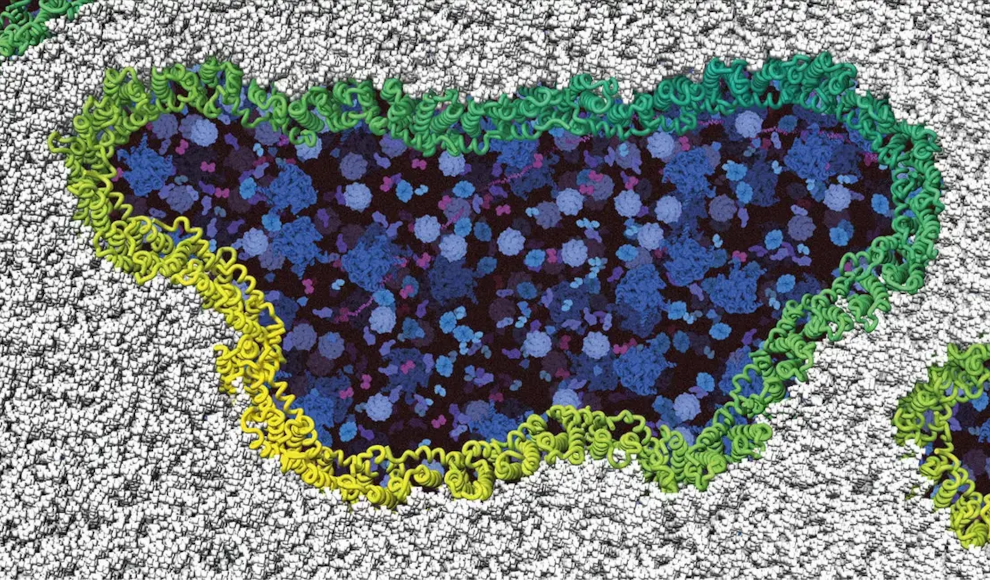Millions of cells die in the human body every day, and researchers have now decoded the cell death mechanism that occurs at the atomic level. Contrary to previous assumptions, cells at the end of their life cycle do not simply burst. Instead, a protein called Ninjurin-1 destroys the cell membrane, causing cell death by forming filaments that function like a zipper, opening the cells and allowing an influx of ions. The researchers used advanced methods, including high-sensitivity microscopes and NMR spectroscopy, to observe the mechanism by which Ninjurin-1 causes a membrane rupture at the atomic level. The discovery will expand the textbook chapter on cell death and could lead to new drug targets for cancer treatment and other conditions.
Cell death is an essential process for all living organisms. When cells are damaged or infected with viruses or bacteria, they initiate self-destruction to prevent the spread of harmful pathogens in the body and inhibit the potential growth of tumors. Until now, it was believed that cells simply burst at the end of their life cycle. However, researchers from the Biozentrum of the University of Basel, the University of Lausanne, and the Department of Biosystems Science and Engineering (D-BSSE) at ETH Zurich have provided new knowledge about the final phase of cell death. According to the publication in the journal Nature, the researchers decoded the exact mechanism at the atomic level.
The protein Ninjurin-1 destroys the cell membrane by forming filaments that function like a zipper, opening the cells and allowing an influx of ions. The researchers observed the mechanism by which Ninjurin-1 causes a membrane rupture at the atomic level using advanced methods, including high-sensitivity microscopes and NMR spectroscopy. The discovery will expand the textbook chapter on cell death and could lead to new drug targets for cancer treatment and other conditions.







